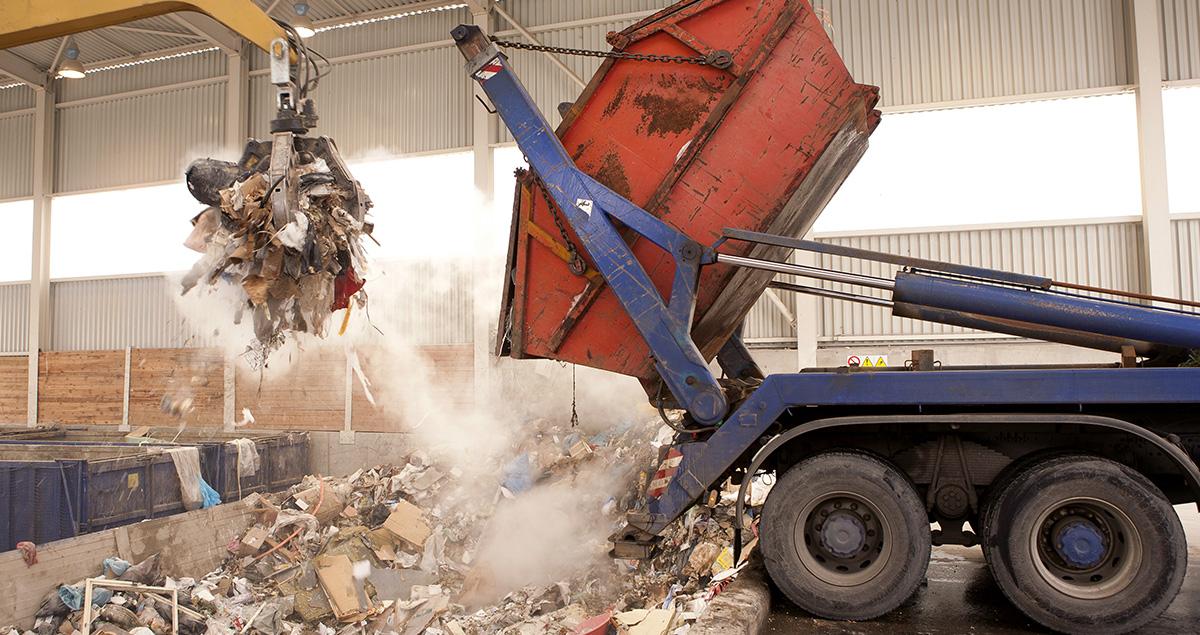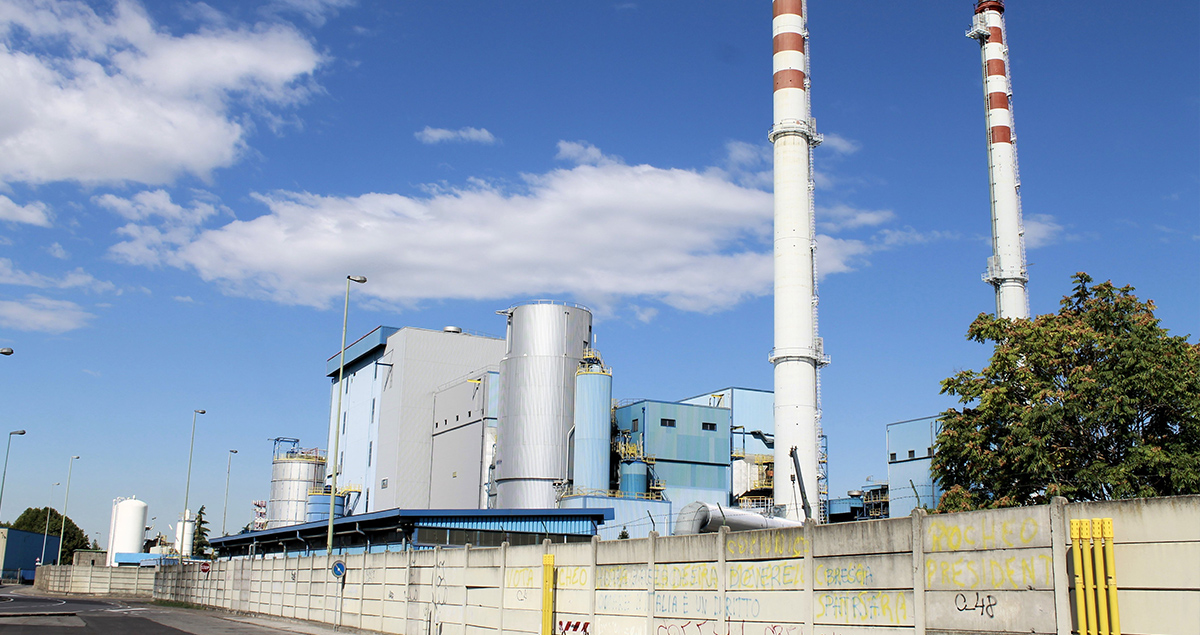Creating a new life for waste by converting it to energy

A shift away from carbon-based energy sources towards renewables has become the new normal for many of the world’s economies. Alongside more established clean energy sources such as sun, wind or hydro power, another type of renewable and low-carbon energy is turning a global liability into an asset. The waste-to-energy (WTE) market is expanding rapidly around the world, offering a unique solution to a growing problem.
What a waste
One of the major issues confronting governments is what to do with the mountains of household waste and unused industrial resources produced daily. And the problem is getting worse, with experts predicting that humans will generate 11 million tons of solid waste each day by the close of this century.
But new technology allows energy to be generated from semi-solid waste discharged from urban incinerators or industrial plants, liquid waste like domestic sewage and gas waste produced in a refinery. The global market is predicted to grow to $35.5 billion by 2024, led by the Asia-Pacific region where take-up of WTE solutions are expected to double by 2020.
Cleaner and greener
Rapid population growth, changing consumption patterns and large-scale migration to Asia’s densely packed cities, where the bulk of the region’s population lives, has significantly increased the volume of urban and industrial waste produced.

Incineration is the most commonly used technology in the current waste management market, as it removes the cost of transporting refuse to landfill sites. But Asian governments are increasingly adopting greener and more innovative approaches to tackling the problem.
Japan was an early adopter of waste-to-energy technologies and leads the way in the region. But China is also looming as part of its fast-paced global energy transition to a cleaner future. The energy demands of the world’s most populous country are increasing rapidly, in-line with mounting domestic and commercial waste.
Heavy investment in renewable energy technologies, supported by government policies to encourage sustainable development, are driving China’s WTE sector. The southern Chinese city of Shenzhen is constructing the world’s largest waste-to-energy plant, with an expected daily capacity to incinerate 5,000 tonnes of the city’s vast trash problem from 2020. Captured residual heat from the incinerator drives a turbine which generates electricity as a by-product of the waste management process.
The process roughly halves the amount of CO2 typically released from landfill sites, according to the architects leading the Shenzhen project. The facility represents just one of 300 WTE plants planned by China’s government to be built over the coming three years.
As governments become increasingly aware of their environmental impact, countries like China and India are increasingly supportive of policies that promote more efficient and cost-effective solutions to waste management. And this drive is being echoed in Europe, too.
The power of wasted energy
The European waste-to-energy market is also on the rise as producers across the continent adopt initiatives to manage household trash and commercial waste more efficiently. Waste-to-heat systems generate energy by processing different types of waste, including solid or semi-solid, excess gas and excess heat.
In Turkey, for example, the country’s largest egg producer has installed an Organic Rankine Cycle (ORC) system from Turboden, part of the Mitsubishi Heavy Industries (MHI) Group. This converts chicken manure into electricity and hot water for the production site. The system solves a major environmental issue by creating clean energy out of this unwanted waste.
A similar system is in operation in Russia’s oil industry, but instead of solid or semi-solid waste, the facility processes residual heat from flare gas. International oil and gas company Lukoil uses a Turboden ORC system to provide electricity and hot water for its oil refinery by converting the natural gas that makes up flare gas. This is normally burnt off at the top of a torch. During each hour of operation, the ORC system prevents 720kg of CO2 emissions reaching the atmosphere.
While across the continent in Italy, Ori Martin’s steel plant uses ORC turbines to capture residual heat from its manufacturing processes, which typically escape into the atmosphere. The energy that is captured is providing the local town of Brescia with electricity and heating.
Such innovative projects are part of a steady migration of global attitudes towards cleaner, more sustainable production. Growing global awareness among governments and private operators of the need to find more efficient alternatives to traditional waste management, could be the catalyst that drives the future of the waste to energy sector.





